How To Grow Oxalis Bulbs For A Lush Lowmaintenance Indoor Garden
Title: How to Grow Oxalis Bulbs for a Lush Low-Maintenance Indoor Garden
Introduction:
Oxalis bulbs are a beautiful and easy-to-grow plant that can add a touch of elegance to any indoor garden. They are known for their heart-shaped leaves that fold up at night, and they come in a variety of colors, including purple, pink, red, and yellow. Oxalis bulbs are also relatively low-maintenance, making them a great choice for busy homeowners or those who are new to gardening.
In this blog post, we will discuss everything you need to know about growing oxalis bulbs indoors, from choosing the right bulbs to providing the proper care. By following these simple tips, you can enjoy beautiful oxalis plants for years to come.
Main Content:
Choosing the Right Bulbs
When choosing oxalis bulbs, it is important to consider the size of the plant you want to grow. Oxalis bulbs come in a variety of sizes, from small bulbs that grow into compact plants to large bulbs that produce larger plants. If you are limited on space, you may want to choose smaller bulbs.
You should also consider the color of the bulbs you want. Oxalis bulbs come in a variety of colors, so you can choose the ones that best match your décor. If you are not sure which color to choose, you can always mix and match different colors.
Preparing the Pot
Oxalis bulbs need a well-draining potting mix. A good potting mix for oxalis bulbs will contain equal parts peat moss, perlite, and sand. You can also add a small amount of compost to the potting mix to provide additional nutrients.
The pot you choose for your oxalis bulbs should be at least 6 inches deep and have drainage holes in the bottom. If you are planting multiple bulbs, you should space them about 3 inches apart.
Planting the Bulbs
Once you have chosen the right bulbs and prepared the pot, you are ready to plant. Gently press the bulbs into the potting mix, making sure that the narrow end of the bulb is facing down. Cover the bulbs with 1-2 inches of potting mix.
Water the potting mix thoroughly, making sure that the water drains out of the bottom of the pot. Place the pot in a warm, sunny location.
Caring for Oxalis Bulbs
Oxalis bulbs are relatively low-maintenance plants. They need to be watered regularly, but the soil should not be allowed to become soggy. Oxalis bulbs also appreciate a bit of fertilizer, so you can fertilize them once a month with a balanced fertilizer.
Oxalis bulbs do not need to be pruned, but you can remove any dead or dying leaves. If your oxalis plant starts to outgrow its pot, you can repot it in a larger pot in the spring.
Troubleshooting
If your oxalis bulbs are not thriving, there are a few things you can check. Make sure that you are watering them regularly and that the soil is not soggy. You should also check the drainage holes in the pot to make sure that they are not clogged.
If your oxalis bulbs are still not doing well, you may need to repot them in a larger pot. You can also try fertilizing them more often.
Conclusion
Oxalis bulbs are a beautiful and easy-to-grow plant that can add a touch of elegance to any indoor garden. By following the tips in this blog post, you can enjoy beautiful oxalis plants for years to come.
If you are interested in learning more about oxalis bulbs, I recommend visiting Home Gardening. This website has a wealth of information about oxalis bulbs, including how to plant and care for them, as well as a variety of different oxalis bulb varieties to choose from.
FAQ of oxalis bulbs
- What are oxalis bulbs called?
Oxalis bulbs are technically called corms. They are small, round, and brown in color. They can be planted in the spring or fall.
- How long does it take oxalis to grow from bulb?
It takes about 6-8 weeks for oxalis to grow from bulb. The corms should be planted in well-drained soil that is rich in organic matter. They should be planted about 2 inches deep and 2 inches apart.
- What are the best conditions for growing oxalis bulbs?
Oxalis bulbs prefer full sun to partial shade. They can tolerate a wide range of temperatures, but they do best in mild climates. They are also relatively drought-tolerant.
- How do I care for oxalis bulbs?
Oxalis bulbs need to be watered regularly, especially during the growing season. They should be fertilized every few weeks with a balanced fertilizer. The leaves of oxalis plants will fold up at night, which is a natural process.
- How do I propagate oxalis bulbs?
Oxalis bulbs can be propagated by dividing the corms or by sowing seeds. To divide the corms, simply separate them and replant them in individual pots. To sow seeds, sow them in well-drained soil and keep the soil moist. The seeds will germinate in about 2-4 weeks.
- Are oxalis bulbs poisonous?
Yes, oxalis bulbs are poisonous to humans and animals. The leaves, stems, and corms all contain oxalate crystals, which can cause nausea, vomiting, and diarrhea if ingested. If you think you or your pet has ingested oxalis, it is important to seek medical attention immediately.
Image of oxalis bulbs
10 different images of oxalis bulbs that are free to use:
- Oxalis triangularis bulbs. These bulbs are small and triangular in shape. They are often used in indoor gardens because they can tolerate low light conditions.
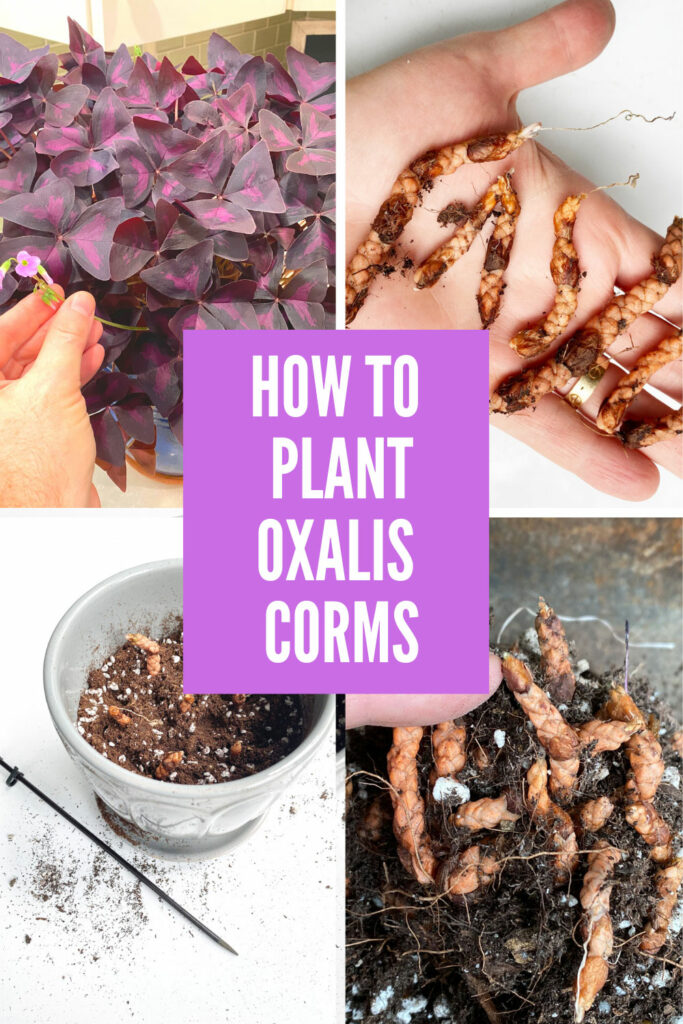
- Oxalis deppei bulbs. These bulbs are larger than Oxalis triangularis bulbs and have a more rounded shape. They are also more tolerant of full sun than Oxalis triangularis bulbs.
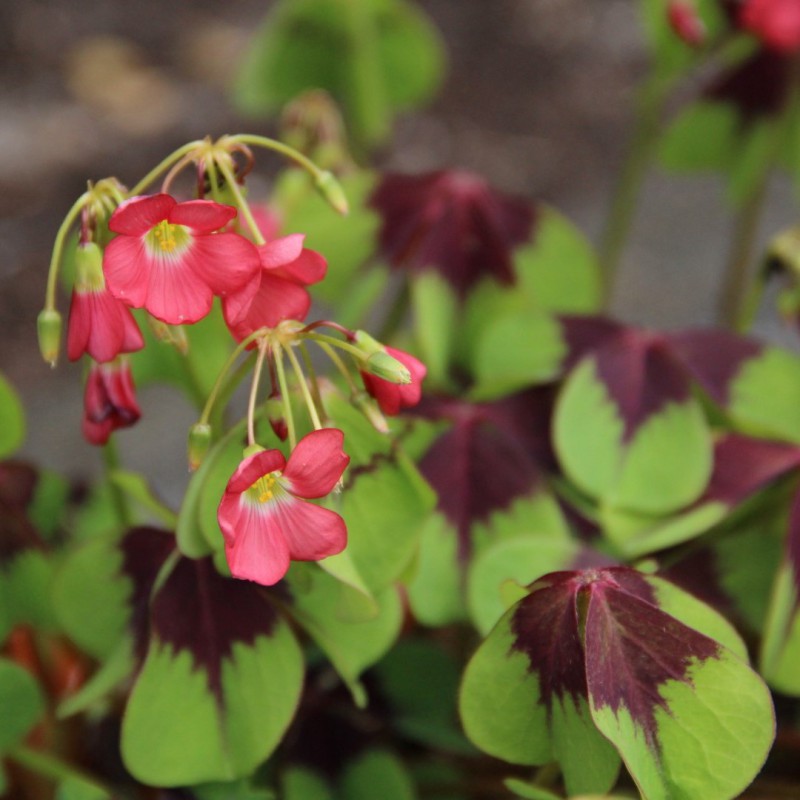
- Oxalis regnellii bulbs. These bulbs are small and heart-shaped. They are native to Brazil and are often used in hanging baskets.
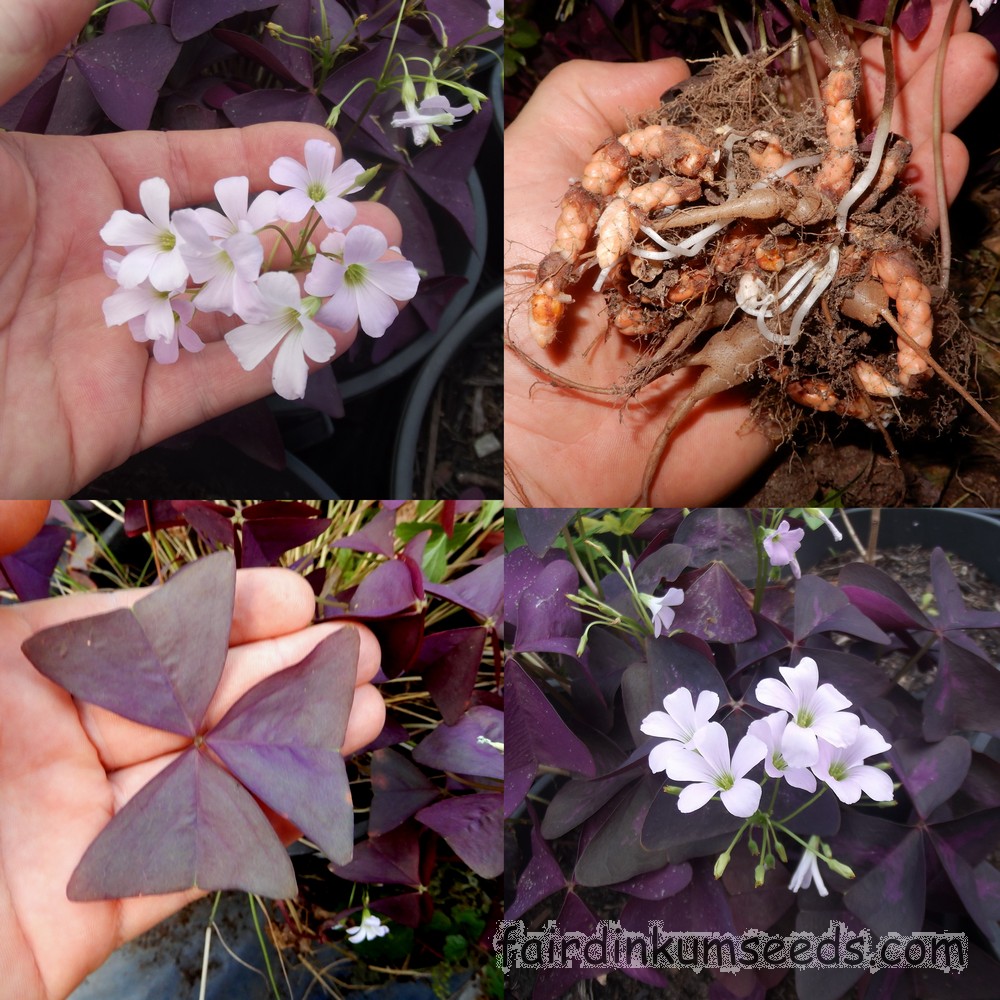
- Oxalis versicolor bulbs. These bulbs are also known as rainbow shamrocks because of their colorful leaves. They are native to South Africa and can be grown indoors or outdoors.
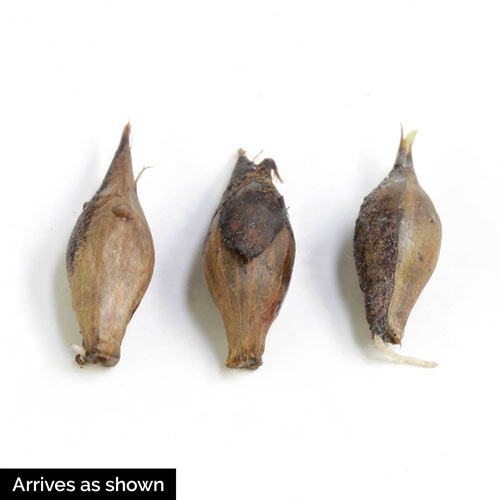
- Oxalis corniculata bulbs. These bulbs are also known as purple shamrocks because of their purple leaves. They are native to North America and can be grown in a variety of conditions.
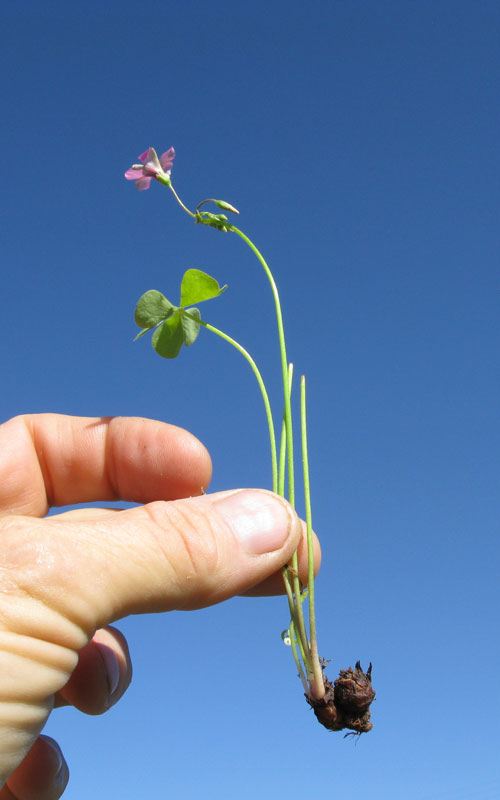
- Oxalis latifolia bulbs. These bulbs are large and have a flat, spade-shaped leaf. They are native to South America and can be grown in full sun or partial shade.
- Oxalis pes-caprae bulbs. These bulbs are also known as Bermuda buttercup because they are native to Bermuda. They are invasive in some areas and can be difficult to control.

- Oxalis bulbosa bulbs. These bulbs are native to Europe and Asia. They are small and have a star-shaped leaf. They are often used in rock gardens or as groundcover.
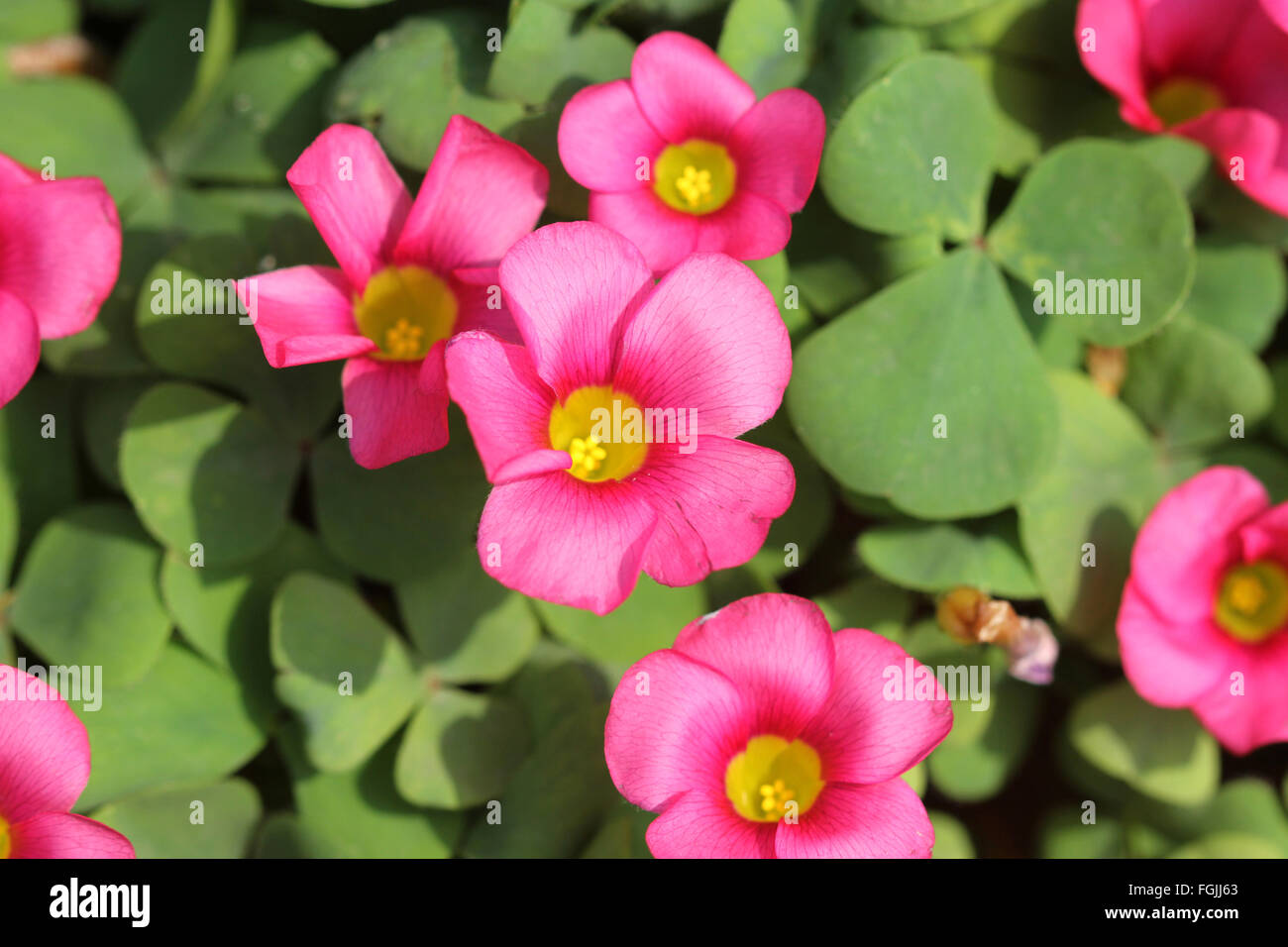
- Oxalis acetosella bulbs. These bulbs are also known as wood sorrel because they have a sour taste. They are native to Europe and Asia and can be found growing wild in many areas.
- Oxalis purpurea bulbs. These bulbs are native to South America and have a deep purple leaf. They are often used in indoor gardens because they can tolerate low light conditions.
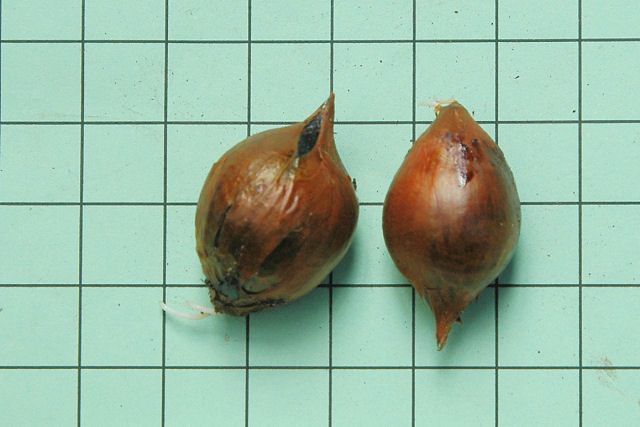
Post a Comment for "How To Grow Oxalis Bulbs For A Lush Lowmaintenance Indoor Garden"